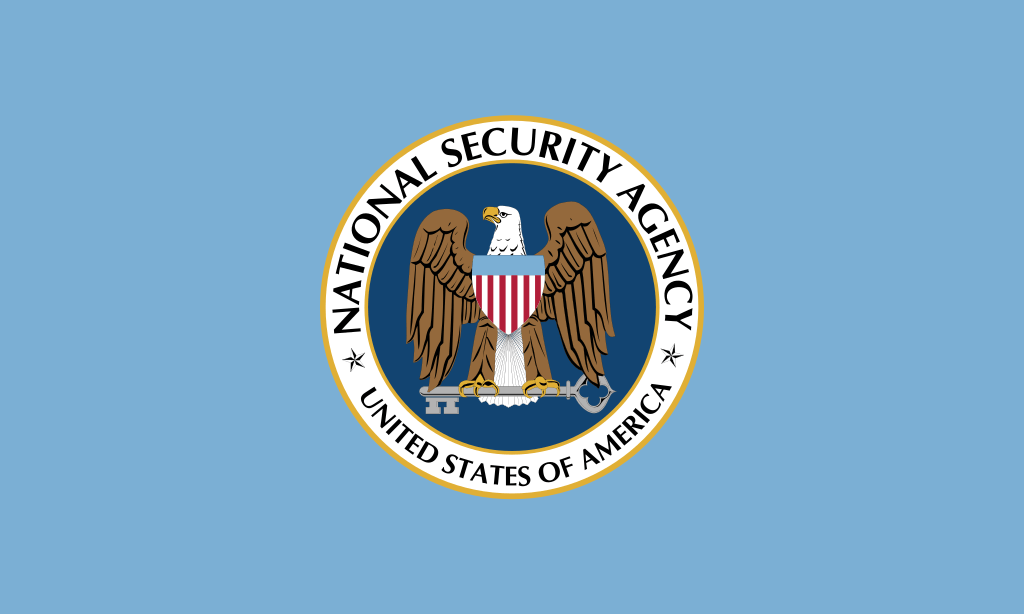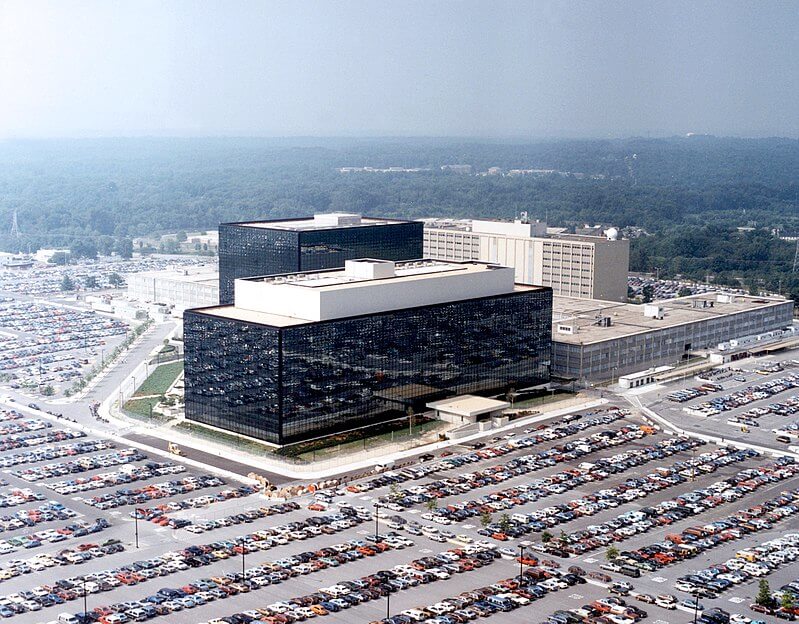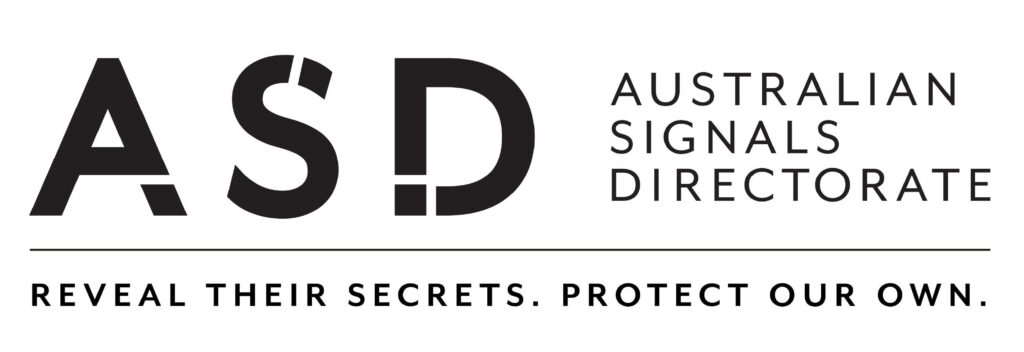
The Five Eyes Intelligence Alliance is a highly secret and mysterious partnership in the clandestine world of international espionage. The highly secret undercover alliance comprising five English-speaking nations—the United States, the United Kingdom, Canada, Australia, and New Zealand—has been safeguarding their national interests with unwavering diligence over the past nearly seven decades. Today, the Five Eyes is one of the most extensive and powerful intelligence-sharing networks in the world.
The name “Five Eyes” reflects the five nations that constitute this clandestine alliance and share a wide range of intelligence, including human intelligence (HUMINT), signals intelligence (SIGINT), and imagery intelligence (IMINT). They also collaborate on intelligence analysis, training, and operations. Five Eyes Intelligence Alliance plays a major role in counterterrorism, counterespionage, and cybersecurity.
Despite its mysterious nature, the Five Eyes Alliance has garnered significant attention and scrutiny in recent years due to concerns about privacy, surveillance, and its role in the global intelligence landscape. In this comprehensive article, we will delve deep into the history, structure, operations, controversies, and prospects of the Five Eyes Alliance, shedding light on this enigmatic intelligence network.
Historical Background: The Formation of Five Eyes

The Five Eyes Intelligence Alliance can trace its roots back to the initial stages of World War II when the USA and UK informally started sharing intelligence to defeat the common enemies. Later this association flourished into a formal alliance, with Canada, Australia, and New Zealand joining the ranks after the war.
It started with the UKUSA Agreement, a secret treaty signed between the United States and the United Kingdom in 1946. The primary purpose of this agreement was to establish a signals intelligence (SIGINT) alliance, allowing the two nations to share intelligence and collaborate on codebreaking and monitoring communications. This agreement laid the foundation for what would become the world’s most enduring and secretive intelligence alliance. The collaboration among these nations was based on a foundation of trust and a common commitment to sharing intelligence on matters of mutual interest, including defence, security, and geopolitical developments. Over time, Canada, Australia, and New Zealand were invited to join the alliance, expanding its reach and capabilities. This expansion significantly bolstered the alliance’s capabilities and reach.
Structure and Operations

Five Eyes alliance today operates as a complex web of intelligence agencies, each with its specific role and responsibilities. These agencies collaborate closely to collect, analyze, and share intelligence in signals intelligence, human intelligence, and more.
Intelligence Sharing and Collaboration
The Five Eyes alliance is built upon a foundation of trust, cooperation, and information sharing. Members of the alliance collaborate closely to gather and analyze intelligence across a wide range of areas, including counterterrorism, cyber threats, and geopolitical developments.
The alliance conducts joint intelligence operations in various domains, including counterterrorism, cyber defence, and espionage. For example, the Five Eyes nations have collaborated on cyberattacks against terrorist groups and shared information on cyber threats to critical infrastructure.
The core of the Five Eyes alliance lies in its shared signals intelligence efforts. Member agencies routinely exchange intercepted communications, sharing information on military, political, and economic developments around the world. This collaborative SIGINT network is instrumental in monitoring global threats and ensuring the security of alliance members.
Each member country has established its intelligence fusion centre to facilitate the analysis and dissemination of intelligence and coordinate with their counterparts in other member countries. These centres serve as hubs for processing raw data and producing actionable intelligence reports.
To understand the inner workings of the alliance, it is essential to examine the structure and functions of each member’s intelligence apparatus.
National Security Agency (NSA) – United States

The National Security Agency (NSA), headquartered in Fort Meade, Maryland, is the most powerful and influential intelligence agency in the Five Eyes alliance. The NSA’s primary mission is to collect and analyze signals intelligence (SIGINT), such as electronic communications and radar data. It has vast global surveillance capabilities, which have been the subject of much scrutiny and controversy.
The NSA traces its origins to the U.S. Army Signal Intelligence Service (SIS), which was established in 1919. The SIS was responsible for intercepting and analyzing enemy communications during World War I. After the war, the SIS was renamed the Army Security Agency (ASA) and continued to collect and analyze SIGINT. In 1952, the NSA was created to consolidate all U.S. SIGINT activities under one agency. The NSA’s mission was to “provide foreign intelligence and counterintelligence information to the President, the National Security Council, and other members of the United States Intelligence Community.”

The NSA has a wide range of capabilities, including:
- Intercepting and analyzing electronic communications: The NSA can intercept and analyze electronic communications, such as telephone calls, emails, and text messages, from around the world.
- Breaking codes: The NSA can break codes used to encrypt electronic communications.
- Mapping communications networks: The NSA can map communications networks to identify and track potential targets.
- Protecting U.S. communications networks and information systems: The NSA works to protect U.S. communications networks and information systems from cyber-attacks.
The NSA has been involved in a number of controversial programs, including PRISM and XKEYSCORE. These programs allowed the NSA to collect and store large amounts of data from U.S. citizens without a warrant.
Government Communications Headquarters (GCHQ) – United Kingdom

GCHQ, headquartered in Cheltenham, England, plays a key role in the Five Eyes alliance. Specializing in signals intelligence, GCHQ is responsible for intercepting and decrypting communications from around the world. Its role in the alliance includes monitoring global communication networks and providing valuable intelligence to its partners. GCHQ specializing in signals intelligence and information assurance, plays a vital role in securing and protecting the communication networks essential to the United Kingdom’s national security and strategic interests.
GCHQ is responsible for providing signals intelligence (SIGINT) and information assurance (IA) to the government and armed forces of the United Kingdom. It employs over 6,000 people and is one of the largest intelligence and security organizations in the world. Its objective is to protect the UK from foreign threats, such as terrorism, cyber-attacks, and organized crime. GCHQ’s mission is to “keep the UK safe and prosperous in the digital age”.

GCHQ’s wide range of capabilities include:
- Intercepting and analyzing electronic communications such as telephone calls, emails, text messages, and radar data from around the world.
- Breaking codes to encrypt electronic communications.
- Mapping communications networks to identify and track potential targets.
- Protecting UK communications networks and information systems from cyber-attacks.
- Providing advice and support to the UK government on intelligence and security matters.
GCHQ has been involved in many controversies including:
- Prism: GCHQ was a partner in the Prism program that allowed US-based NSA to collect data from major U.S. internet companies, such as Google and Yahoo.
- Tempora program allowed GCHQ to collect data from fibre optic cables that pass through the UK.
- Carnivore: GCHQ was a partner in the Carnivore program that allowed the FBI to collect data from internet providers.
Communications Security Establishment (CSE) – Canada

Canada’s involvement in the Five Eyes alliance comes in the form of the Communications Security Establishment (CSE), headquartered in Ottawa, Ontario. The CSE is Canada’s national cryptologic agency responsible for foreign signals intelligence (SIGINT) and communications security (COMSEC). CSE focuses on signals intelligence and cybersecurity. The CSE is a vital part of Canada’s intelligence and security community.
The CSE plays a key role in the Five Eyes alliance, sharing its SIGINT capabilities with its partners.
CSE’s wide range of capabilities include:
- Intercepting and analyzing electronic communications: such as telephone calls, email, and text messages, from around the world.
- Breaking codes: The CSE can break codes used to encrypt electronic communications.
- Protecting Canada’s electronic information and communication networks from cyber-attacks.
- Providing cyber security advice and assistance
- Developing and using Canadian cryptography and communications security technologies
- Contributing to the international community’s efforts to combat cyber threats
The CSE has been involved in several controversial programs that violated the privacy of internet users, including:
- Project Sidewinder – CSE collected data from fibre optic cables that pass through Canada.
- MUSCULAR: CSE was a partner in the program that allowed the NSA and GCHQ to collect data from Google and Yahoo servers.
Australian Signals Directorate (ASD) – Australia

The Australian Signals Directorate, based in Canberra, Australia, plays a crucial role in the alliance by specializing in signals intelligence and cyber operations. ASD employs over 1,900 people with diverse skills and experience. Its workforce includes scientists, engineers, mathematicians, analysts, linguists, and technical experts. ASD is responsible for collecting and analyzing foreign communications and electronic data, contributing valuable insights to the Five Eyes community.

The ASD has been involved in several controversial programs, including:
- PRISM: ASD was a partner in the PRISM program that allowed the NSA to collect data from major U.S. internet companies, such as Google and Yahoo.
- XKEYSCORE: ASD was a partner in the program that allowed the NSA to collect data from the internet and phone networks of millions of people around the world.
Government Communications Security Bureau (GCSB) – New Zealand

The Government Communications Security Bureau, headquartered in Wellington, New Zealand, primarily deals with signals intelligence and information assurance. It is responsible for intercepting, decrypting, and analyzing foreign communications, bolstering the alliance’s intelligence capabilities in the South Pacific region.
The GCSB is responsible for:
- Collecting and analyzing foreign intelligence to protect New Zealand and New Zealanders from foreign threats.
- Protecting New Zealand’s critical infrastructure and information systems from cyber-attacks.
- Providing cyber security advice and assistance to government agencies and organizations of national significance.
- Promoting the development and use of New Zealand’s cryptography and communications security technologies.
The GCSB plays a key role in the Five Eyes alliance, sharing its SIGINT capabilities with its partners. The GCSB has been involved in a number of controversial programs, including:
- XKeyscore: a program that allowed the GCSB to collect data from the internet and phone networks of millions of people around the world.
- Tempora: a program that allowed the GCSB to collect data from fibre optic cables that pass through New Zealand.
Controversies and Criticisms

Despite its effectiveness in gathering intelligence and maintaining national security, the Five Eyes alliance has faced numerous controversies and criticisms over the years. These controversies revolve around issues of privacy, surveillance, and the potential abuse of power by intelligence agencies.
ECHELON is a global signals intelligence collection and analysis network operated by the Five Eyes countries. While details about ECHELON remain classified, it is widely believed to involve a vast network of ground-based and satellite intercept stations that eavesdrop on global communications. The information collected is then shared among the Five Eyes members.
The revelation of mass surveillance programs such as PRISM and XKEYSCORE by whistleblower Edward Snowden in 2013 brought the alliance into the global spotlight. These programs, operated by the NSA with the assistance of its Five Eyes partners, involved the collection of vast amounts of data from both domestic and international sources, raising concerns about privacy and civil liberties.
Also Read: Are we living in the age of missile warfare?
Critics argue that the secretive nature of the alliance and its limited oversight mechanisms can lead to a lack of accountability. This opacity makes it difficult for citizens to know the extent of surveillance and the potential abuses of power by intelligence agencies. The Five Eyes alliance has been accused of eroding privacy rights by engaging in bulk data collection and indiscriminate surveillance of global communications. Concerns have been raised that the alliance may use its intelligence capabilities to target journalists, activists, and political dissidents, potentially infringing on free speech and democratic values.
There have been allegations that some Five Eyes members engage in economic espionage by using their intelligence capabilities to gain a competitive advantage in trade and business negotiations. Revelations about Five Eyes intelligence-gathering activities have strained diplomatic relations with other countries, particularly allies whom the alliance’s surveillance operations have targeted.
Future of Five Eyes

As technology evolves and the global security landscape continues to change, the Five Eyes alliance faces new challenges and opportunities. The alliance must adapt to emerging threats while addressing concerns about privacy and accountability. The proliferation of advanced technologies, including artificial intelligence and quantum computing, presents both opportunities and challenges for the alliance.
The alliance has increasingly focused on cybersecurity and countering cyber threats. Cyberattacks from state and non-state actors have become a significant concern, and the Five Eyes countries are working together to protect their critical infrastructure and networks.
Finding the right balance between national security imperatives and protecting individual privacy remains a complex challenge. The alliance may need to reevaluate its surveillance practices and increase transparency to address public concerns. The Five Eyes alliance has explored the possibility of expanding its partnerships with other like-minded countries, such as Japan and South Korea, to create a broader intelligence-sharing network. There is a growing demand for greater transparency and accountability in intelligence operations.
Conclusion

The Five Eyes Intelligence Alliance, born out of the shared experiences of World War II and the Cold War, remains one of the most powerful and secretive intelligence networks in the world. Its ability to gather intelligence has played a key role in safeguarding the national security of its member countries. However, it has also faced significant controversies and criticisms, particularly concerning issues of privacy and surveillance.
As we move into an era of rapid technological advancement and evolving security threats, the Five Eyes alliance must adapt to changing circumstances while upholding democratic values and respecting individual privacy rights. Its ability to strike this delicate balance will determine its relevance and effectiveness in the years to come, shaping the future of intelligence cooperation among its member nations.

